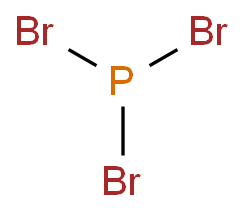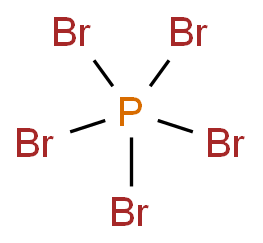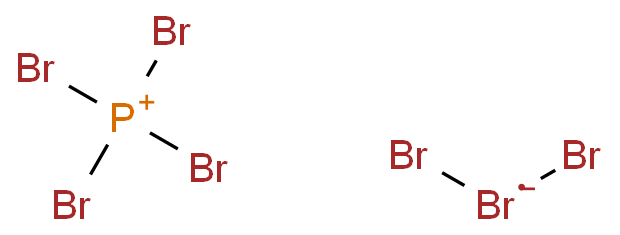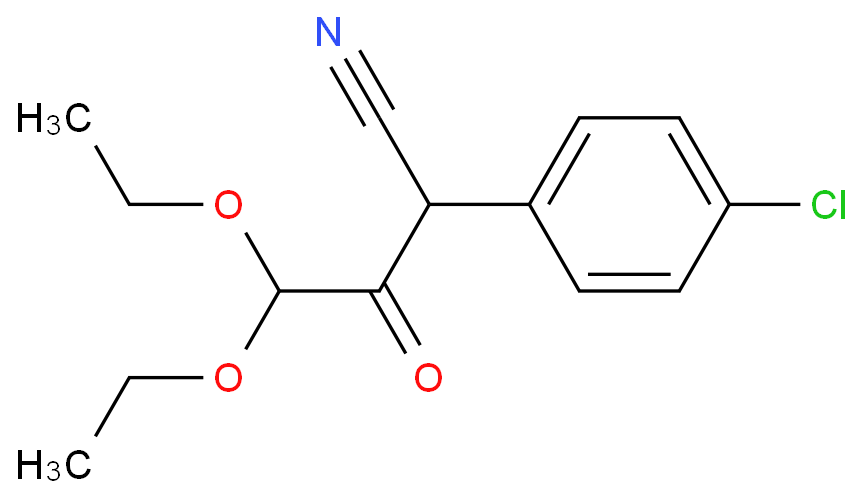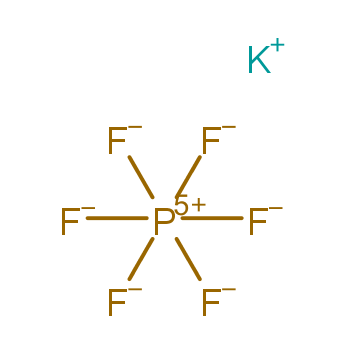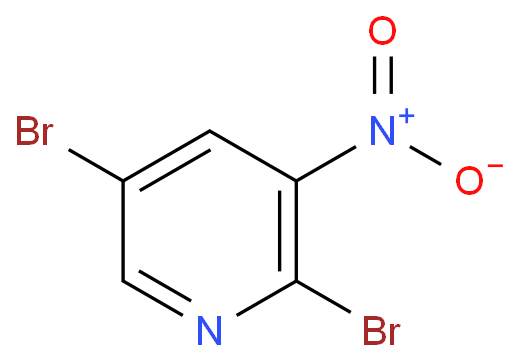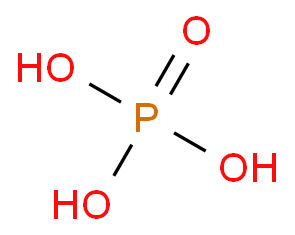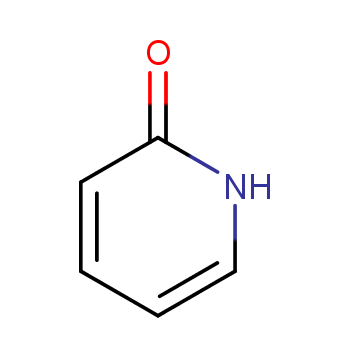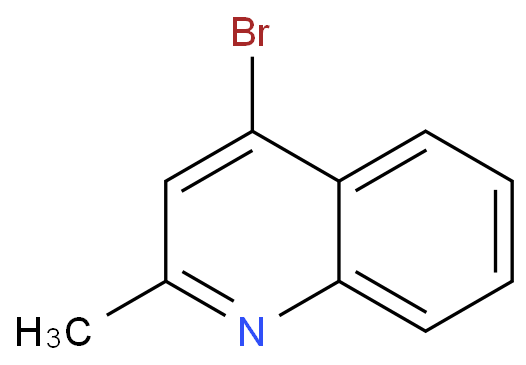Phosphorus oxybromide, with the chemical formula Br3OP and CAS registry number 7789-59-5, is a compound known for its use as a reagent in organic synthesis, particularly in the conversion of alcohols to alkyl bromides. It is a colorless to pale yellow liquid with a pungent odor, commonly utilized in the pharmaceutical and chemical industries. It has a relative density of 2.822, melting temperature of 56 °C, the boiling point of 191.7 ℃ and the evaporation heat of 38 Kj/mol. It is soluble in ether, benzene, chloroform, carbon disulfide, concentrated sulfuric acid. It can be slowly hydrolyzed to phosphoric acid and HBr in water. Phosphorus oxybromide plays a significant role in various reactions including esterifications, dehydration, and bromination processes. It is a versatile compound employed in the preparation of pharmaceutical intermediates and agrochemicals, contributing to the synthesis of numerous organic compounds.
View more+
1. Names and Identifiers
2. Properties
3. Use and Manufacturing
4. Safety and Handling
5. MSDS
6. Synthesis Route
7. Precursor and Product
8. Computed Properties
11. Related Questions
12. Realated Product Infomation
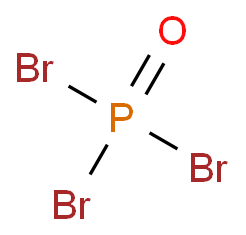
 EN
EN



 C
C 
